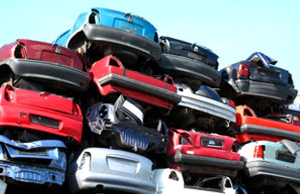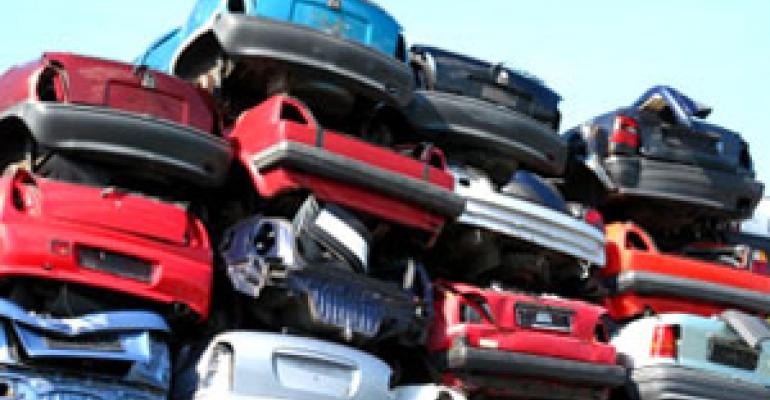
LONDON – Recycling products as large as automobiles, or encouraging public authorities to buy environmentally friendly vehicles, might seem like good ideas deserving to be made law.
In Europe, however, several countries are in trouble for failing to give the European Union’s green-procurement directive the force of law.
One of them, Italy, may face legal action for allegedly flouting the EU’s end-of-life vehicles (ELVs) directive approved in 2000.
The deadline for enacting the green-vehicle procurement directive was set by the European Commission, the EU’s executive arm. Such orders are mandatory, and governments that fail to obey them can be fined by the European Court of Justice.
The directive obliges EU public-sector organizations to use their purchasing power to promote clean, energy-efficient vehicles. Member states were to have enacted the it by December 2010.
But by late June, the EC was demanding that the U.K., Austria, Bulgaria, Estonia, Greece, Ireland, Luxembourg, Slovenia, Slovakia and Sweden put the directive into law. They may land before the ECJ if they don’t tell the EC by the end of August how they will comply.
Italy, meanwhile, has until the end of the month to beef up its vehicle-recycling laws. The ECJ ruled in 2007 that Italian statutes enacting the EC’s end-of-life vehicles order had two key shortcomings:
That auto makers “may” deliver used parts to recyclers, as opposed to being “required” to do so.

That vehicle-component manufacturers aren’t required to inform all authorized treatment centers how to dismantle, store and test reusable parts.
There’s more to international green-vehicle laws than just getting national governments to comply. The statutes also must be obeyed by local authorities, as well as auto makers.
LARAC, an official U.K. body representing local-authority recycling and waste professionals, favors tough enforcement of compliance with the ELV directive.
Voluntary action is good in theory, says Andrew Craig, LARAC principal policy officer. But the organization “believes that there has to be some compulsion, or at least a credible threat of some compulsion, if society as a whole is going to benefit from better resources management,” he tells Ward’s.
The auto industry, meanwhile, is refining “end-of-life” vehicle recycling. Auto maker associations from the EU, U.S., Japan, South Korea and Malaysia have created the International Dismantling Information System, which covers 61 car brands.
In November 2010, IDIS introduced a tool to help handle airbags, seatbelts, active head rests and other “pyrotechnic devices” that must be treated separately under the EU directive.
The tool has a universal adapter plug that auto makers can use to activate the devices in one click, helping dismantlers and shredders comply with the regulations.
Car companies are finding cost advantages in end-of-life vehicle recycling.
Mazda recycles used plastic fenders made by different suppliers and varying widely in composition. The process yields raw-plastic resin for use in new vehicle fenders.
BMW U.K. says lightweight materials such as aluminum and magnesium can be recycled using a fraction of the energy needed to process virgin materials.
Ford has end-of-life recycling networks for its vehicles in 16 European markets and participates in industry collective systems in 10 others. The auto maker claims its vehicles are now 85% recyclable by weight.
Ford says it saved about $4.5 million (E3.1 million) in 2009 by using recycled materials and diverted between 25 million and 30 million lbs. (11.3 million and 13.6 million kg) of plastics from North American landfills.
However, John Viera, Ford’s director of sustainability and environmental policy, strikes a note of pessimism.
“In theory, ELVs are nearly 100% recoverable,” he says. “In practice, however, the cost in energy and labor to recover all vehicle material often exceeds the value of the materials and offers insignificant value to the environment.”





